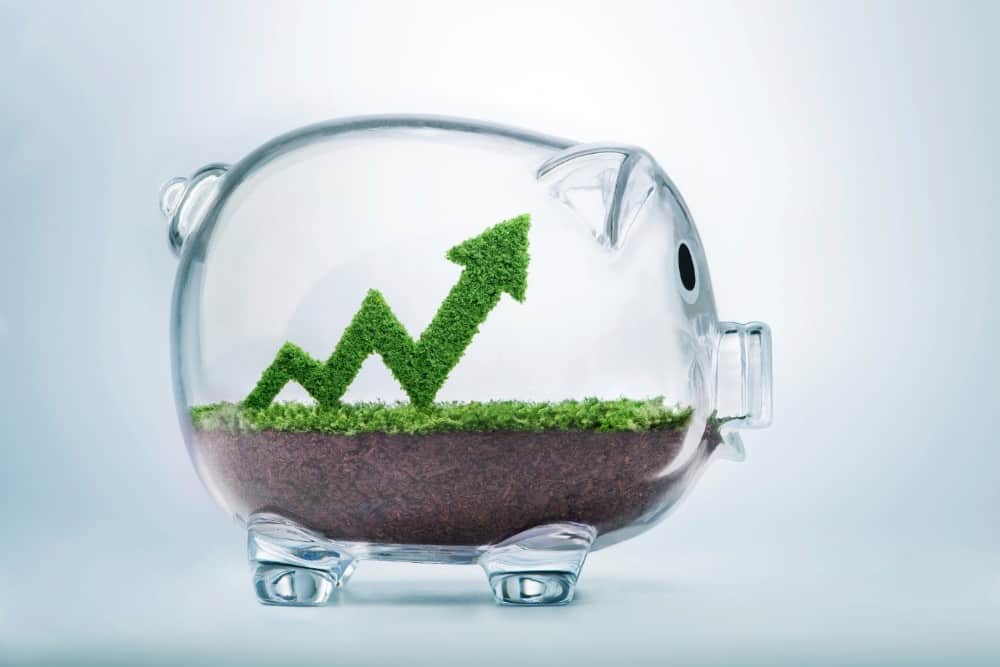The Tax-Free Savings Account (TFSA) is one of the most popular investment accounts in Canada. Like the older RRSP, it allows you to grow your investments without paying taxes on them. Unlike the RRSP, it also allows you to withdraw money tax free. So, the TFSA is a true tax shield, keeping your assets free from taxation from purchase to sale to withdrawal.
It’s for this reason that many Canadians are drawn to the TFSA. Offering the ability to deposit, grow, and withdraw funds tax free, it is a valuable account for maximizing your investment returns.
However, there is a difference between using a TFSA and maxing it out as quickly as possible. If you max out your TFSA by investing all of your savings into it at once, you may find yourself with a nice stock portfolio but no emergency fund. Additionally, there are certain investment objectives that are better served by keeping some of your assets outside a TFSA than by putting them all in the account. In this article, I will explore one specific scenario where you’re better off not maxing out your TFSA.
The one time you shouldn’t max out your TFSA
One time you shouldn’t max out your TFSA is when you’re buying stocks now but you intend to buy bonds in the future. Let’s say you’re a 40-year-old investor who is 100% focused on buying stocks today, but you plan on increasing your bond allocation in retirement.
In this scenario, you might be best off keeping the TFSA space open. Stocks get much better tax treatment than bonds by default. Dividend stocks are taxed at lower rates than bonds, and non-dividend stocks are not taxed until sold. So, you pay less taxes on stocks than on bonds. It’s for this reason that bonds, if you have them, should be the number one priority for your TFSA. They are taxed the most out of the two main types of securities, so you stand to gain more by tax sheltering them.
Apart from that maxing out your TFSA is a great idea
As we’ve seen, there is one very specific scenario where you’re better off investing in a taxable account than in a TFSA. However, it is a scenario that not every investor will find themselves in. Wanting to buy stocks now and bonds in the future is rather specific plan. It’s more common for people to simultaneously invest in stocks and bonds, in which case you can start maxing out your TFSA right away. Just remember that bonds go into the TFSA first.
Also, dividend stocks are taxed enough that they merit being sheltered from taxation. They have automatic payments that can’t be exempted from tax any other way.
Take iShares S&P/TSX Capped Energy Index ETF (TSX:XEG) for example. It’s an ETF consisting exclusively of oil stocks, the majority of them paying dividends. It has a 2.89% yield, which means you get $2,890 per year in cash from dividends for every $100,000 invested. That’s not an insignificant amount of cash. If you made an extra $2,890 per year and were in a 50% tax bracket, you’d pay $1,445 in tax on that extra income. The dividend taxes would be lower than employment taxes, because of the dividend tax credit. But you’d still pay a significant amount of tax.
By holding XEG in a TFSA, you would avoid all of that tax. Every penny in dividends and capital gains you earned from the fund would be completely tax exempt, which would save you money. A bond fund with the same yield would get even more tax savings. But if you’ve already got the bond allocation you want, it doesn’t hurt to get some dividend stocks in your TFSA.



